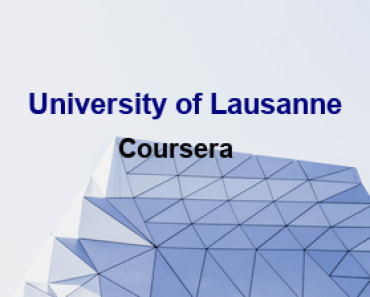Description
The objective of this course is to encourage a critical understanding of doping. To achieve this goal, this course will rely on a multidisciplinary approach that allow you to see how different disciplines get into a single object, in different perspectives and in often complementary ways. This approach will also allow us to appreciate the complexity of a subject like doping.
Doping in sports is a complex practice whose definition and identification is the result of socially and historically constructed norms.
This course offers to shed light on the processes that led to the use and prohibition of doping substances. Performance enhancement or physical transformation are two aspects of doping which are seen as problematic, yet even as we speak companies are making fortunes selling body improvement and other forms of “human enhancement” to us. These apparent contradictions will be analysed to show that beyond sanitary questions, doping raises many social, scientific and legal issues.
In efforts to control doping, governments and sports authorities have put into place institutions responsible for defining what falls into the category of doping, but also what prevention, repressions and research methods to put into effect. This course will also explore biological control measures such as the biological passport, key legal dimensions, organisations that produce performance, as well as the sociological dimensions of doping.
Besides the Professors of University of Lausanne, the best experts of doping are involved in this course: experts from an Anti-doping Laboratory (LAD- Lausanne-Switzerland), from the CAS (Court of Arbitration for Sport), from the UEFA (soccer), and from the WADA (World Anti-Doping Agency).
Teaser: https://www.youtube.com/watch?v=20Q3eR_g7rU
Main Learning Outcomes
At the end of the course the participants will be able to :
1. Identify the “cultural” dimension of doping, that is as a historical practice linked to the transformation of social norms,
2. Go from a binary way of thinking – for or against doping – to an understanding of the complexity of this phenomenon which is biological, psychological and sociological, all at the same time,
3. Recognize the institutions, the actors and the practices of the fight against doping,
4. Explain how the social and organisational context influences individuals decisions and how this influence can be reduced by effective prevention measures,
5. Identify how the fight against doping is led and how testing is carried out.
Price: Enroll For Free!
Language: English
Subtitles: English
Doping : Sports, Organizations and Sciences – University of Lausanne
TUN Helps Students!
Scholarships
Community
Copyright, 2024 – TUN, Inc

